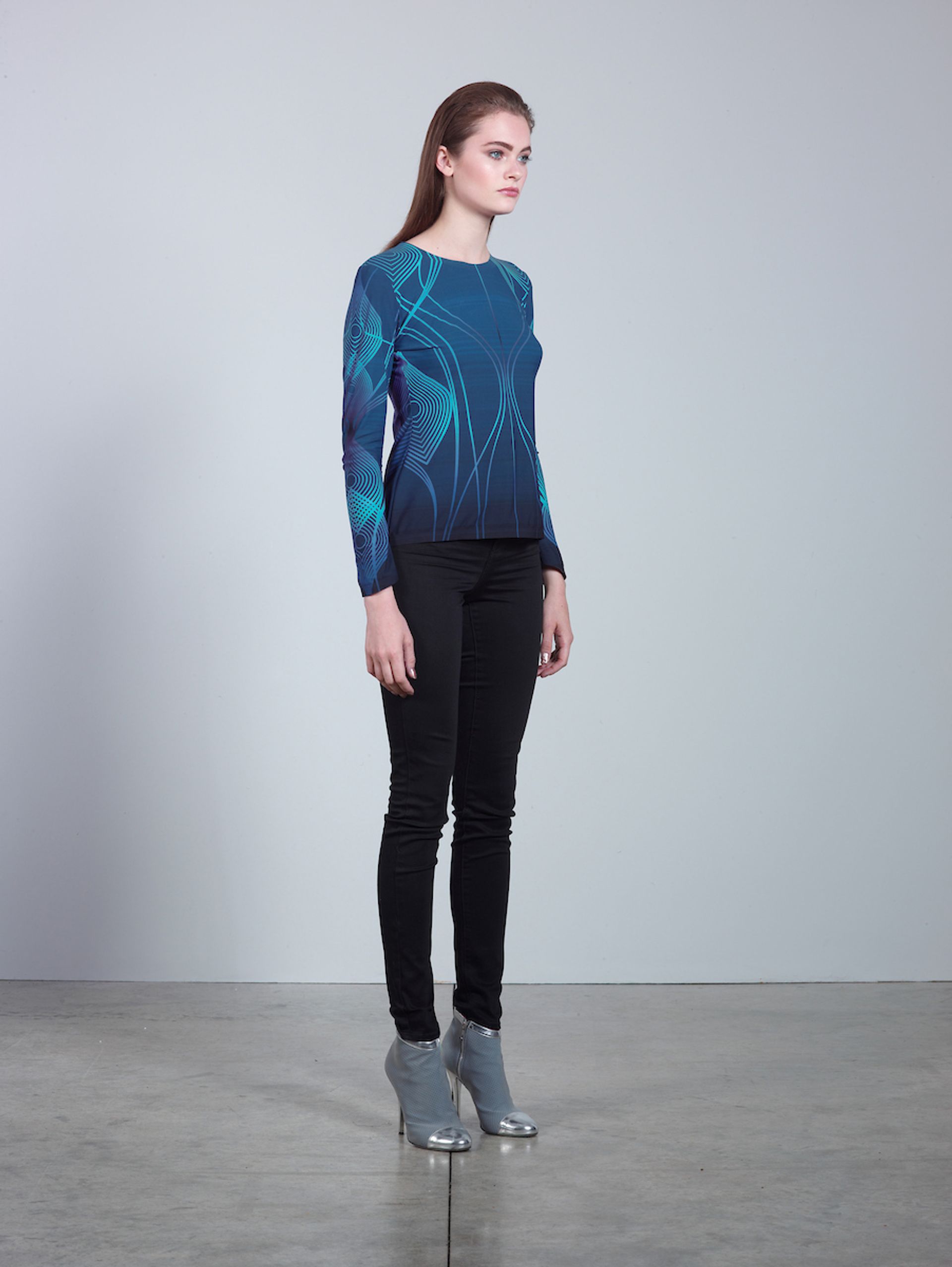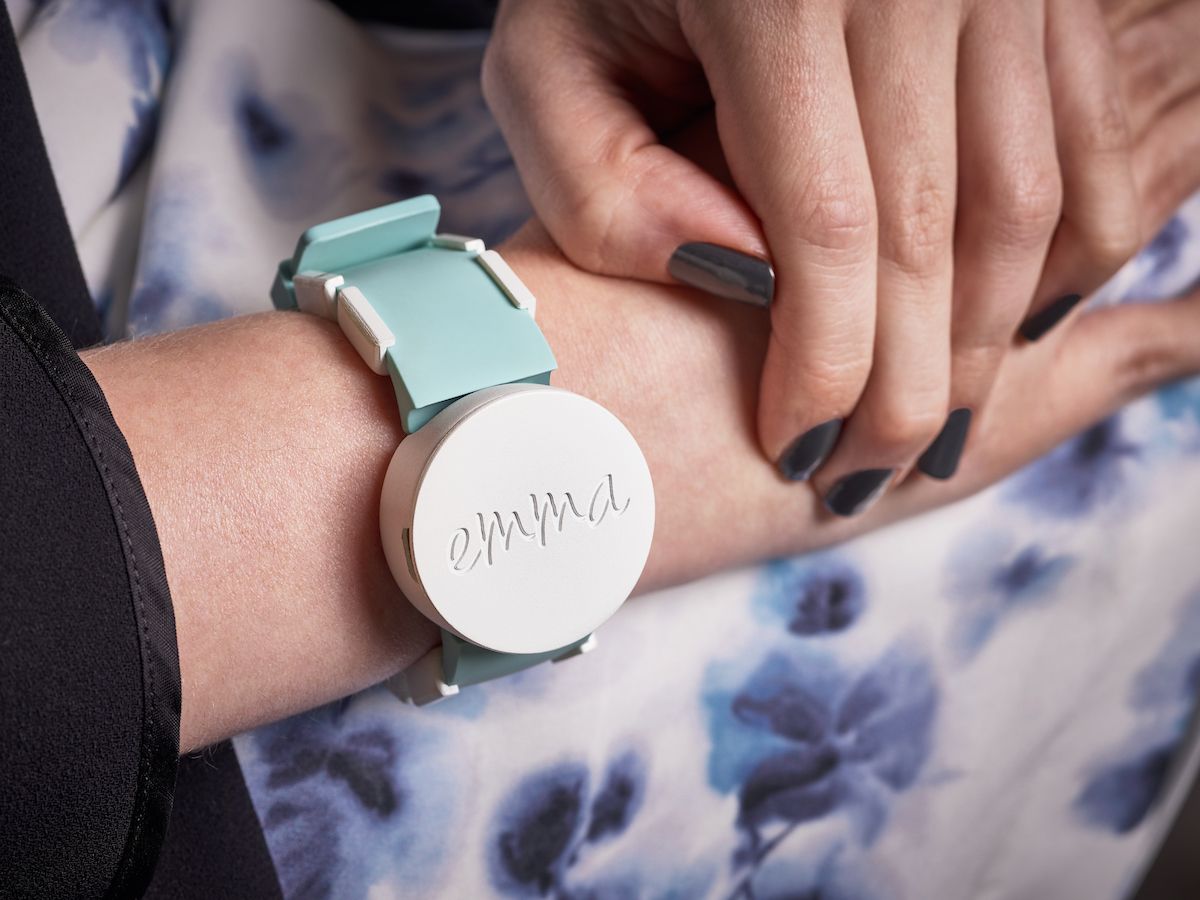This week in Davos, Switzerland, a key message of the World Economic Forum will be bolstering inclusivity, to which I say—three cheers! Equal access is a human rights issue affecting more than one billion people with disabilities worldwide. In my years of museum leadership, I have come into close contact with the challenges of making our cultural spaces fully accessible. Museums strive to welcome everyone, but there is still much work to be done to ensure that visitors do not leave our institutions frustrated. We are fortunate at Cooper Hewitt, the Smithsonian Design Museum in New York, to be able to foster the collaborations that are making our institutions equitable resources for all.
As Kat Holmes, the director of user experience design at Google, said at our Designing Accessible Cities symposium in 2018, disability is “a mismatch in the interaction between the features of a person’s body and the features of the environment in which they live”. If design is a cause of that exclusion, then it can also be the remedy. As the only museum in the United States dedicated to 30 centuries of design innovation, we are in a unique position to advocate for the vital importance of inclusive design for overcoming exclusion and inequality in society.
It is in this spirit that we have brought a special installation of our exhibition Access+Ability to the World Economic Forum. Showcasing the latest advances in accessible design, the objects in the exhibition inspire us to think differently not just about design, but also about the experiences of users for and with whom these designs have been created. Visitors in Davos will experience wearable technology that transforms music into tactile sensation, a wheelchair designed to navigate rough terrain and playground equipment that invites people of all ages and abilities to play together, to name just a few of the ingenious designs on view. At its core, design must be empathetic and reflect a deep understanding of a user’s needs. Access+Ability illustrates the rising participation of people with disabilities and their care partners in the design process, an essential part of developing products and services that prevent stigmatisation and advance equal opportunities.
At home in New York, the Cooper Hewitt team strives to maintain the collaborative ethos seen in Access+Ability. With a commitment to reflect the communities we serve, everyone—from security guards to senior management—is moving beyond the silos of traditional museum cultures to work together on a broad range of inclusive exhibitions, initiatives and programmes. Our education department weaves inclusive design thinking into workshops held throughout the US, as well as into our National High School Design Competition organised in collaboration with Target. Last year, the winners, Emily Bryson and Natasja Enriquez of Miami, Florida, designed an art-making tool for people with vision loss. In summer 2019, we will launch the first inclusive design camp for children aged six to eleven to introduce designing for different needs. Our visitor experience team is developing research laboratories to help us better respond to a wider range of user experiences. Our building—the historic Carnegie Mansion—is in a constant state of upgrade as we seek to make it easier to navigate and more welcoming to visitors.

The Access+Ability installation includes SoundShirt (2015-16), designed by Francesca Rosella and Ryan Genz for CuteCircuit, which is embedded with 16 micro-actuators so deaf and hard-of-hearing users can feel music as a tactile experience © Cooper Hewitt; courtesy of CuteCircuit
As part of the Smithsonian, the world’s largest museum and research complex, we also work closely with our sister institutions to design an environment that embraces visitors of all abilities. The hugely popular Morning at the Museum programme invites people with autism or sensory processing disorders to visit a Smithsonian museum before it opens so they can securely explore the galleries. The Smithsonian created the Smithsonian Accessibility Innovation Fund in 2018 to promote pan-institutional accessibility. As a grantee, we are collaborating with the Freer Sackler and Hirshhorn museums in Washington, DC, to create training videos on writing dynamic visual descriptions of images so that our websites are more accessible to people with vision loss. Additionally, a grant from the Knight Foundation has allowed us to begin development of an Alexa app that will bring the Cooper Hewitt experience outside of the museum— a technology that could potentially be adopted around the world.
It is not enough for contemporary institutions to meet the basic needs of our audiences; we must bake accessibility into everything we do. And these efforts cannot be accomplished without great support. Since Cooper Hewitt reopened in 2014, we have sought partnerships with disability thought-leaders and organisations committed to inclusion, like the Helen Keller National Center for Deaf-Blind Youths and Adults, New York University Tandon School of Engineering and the New York City Mayor’s Office for People with Disabilities. Just as importantly, we have learned from the input and involvement of countless individuals who have shared their personal experiences to help us evolve and adapt.
The value of inclusive design should resonate deeply with everyone who wants to see a more just and equitable world. This is what I am emphasising in my conversations at Davos with global representatives of all sectors and I hope we will inspire all leaders to further inclusivity and accessibility efforts. It is not enough to design our spaces and experiences for some people, or even for most people. We must look beyond what we know and work to understand what we do not. New and diverse perspectives—brought forward from conversations with our partners and our communities— are essential to the process from the very start. That is how we can create a more joyful, rich life for all.
- Caroline Baumann is the director of Cooper Hewitt, Smithsonian Design Museum in New York. She spoke on 22 January at the World Economic Forum in Davos, presenting stories of inclusive design and best practices with the educator, writer and advocate Sinéad Burke, as part of a series of sessions on disability inclusion. Cooper Hewitt is currently closed until further notice due to the US government shutdown.


